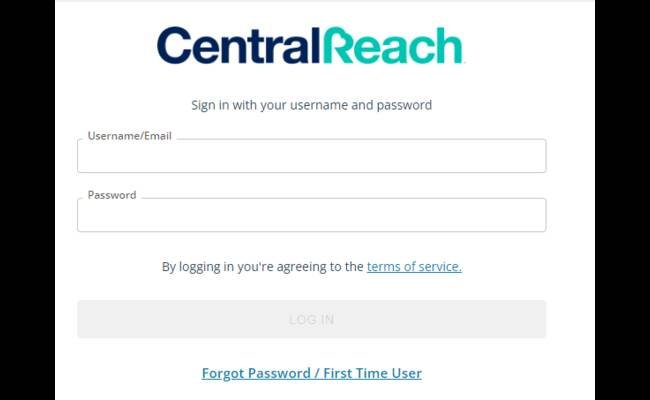
How Long Does A Hockey Game Last 2023 Best Info
June 19, 2023
Spirituality in Recovery: Optional or Beneficial?
December 4, 2023Understanding the Financial Aspects of Inpatient Rehab is our today’s topic. Inpatient rehabilitation, a critical step for many on the journey to recovery from substance abuse or mental health issues, requires a significant investment, both emotionally and financially. Navigating the costs and financial considerations of inpatient rehab can be overwhelming. This article aims to demystify the financial aspects of inpatient rehab, offering a clear understanding to those considering this important step.
Understanding the Financial Aspects of Inpatient Rehab

The Cost of Inpatient Rehab
Understanding the Expenses: Inpatient rehab costs can vary widely based on location, facilities, and the types of programs offered. Generally, these costs cover housing, meals, therapy sessions, medical care, and access to recreational facilities. It’s important to understand what is included in the cost to gauge the value and appropriateness of the program.
Factors Influencing Cost:
Several factors impact the cost of inpatient rehab. These include:
Duration of Stay: Longer programs often result in higher costs.
Location: Facilities in more desirable locations may charge more.
Amenities: Luxury rehabs with high-end amenities will be more expensive.
Type of Program: Specialized programs, like those focusing on dual diagnosis or specific demographics, might carry a premium.
Funding and Insurance Coverage
Insurance Coverage: Many insurance plans cover a portion of inpatient rehab costs. It’s vital to check with your insurance provider to understand the extent of coverage, including which services are covered and for how long.
Public Assistance and Grants: There are public programs and grants available that can help cover the costs of rehab. This is especially helpful for those without insurance or with limited financial means.
Payment Plans and Financing: Some rehab centers offer payment plans or financing options, allowing the cost to be spread over a period, making it more manageable.
Choosing the Right Facility
When selecting a rehab facility, it’s not just about the cost. The quality of care, the facility’s reputation, and its alignment with the patient’s needs are equally crucial. Researching and visiting potential facilities can be invaluable in making this decision.
For men seeking a tailored recovery experience, considering a men’s rehab facility can be beneficial. These centers often offer programs specifically designed to address the unique challenges men face in addiction and recovery.
Additional Financial Considerations
Hidden Costs: Be aware of additional costs such as transportation, personal items, or aftercare services that might not be included in the initial cost.
Investment in Health: While the cost can be substantial, it’s important to view inpatient rehab as an investment in health and well-being. The long-term benefits often outweigh the immediate financial burden.
Seeking Financial Advice: Consulting with a financial advisor or a counselor at the rehab center can provide insights into managing the financial aspect of rehab.
Conclusion
Understanding the financial aspects of inpatient rehab is crucial in making an informed decision. By considering insurance coverage, exploring funding options, and choosing the right facility, individuals can find a path to recovery that is financially feasible. Remember, investing in rehab is an investment in a healthier, more stable future.
For more information on the cost of inpatient rehab and how to manage it, consider exploring these resources: National Institute on Drug Abuse and Substance Abuse and Mental Health Services Administration. These websites offer valuable information and guidance on navigating the financial landscape of addiction treatment.


